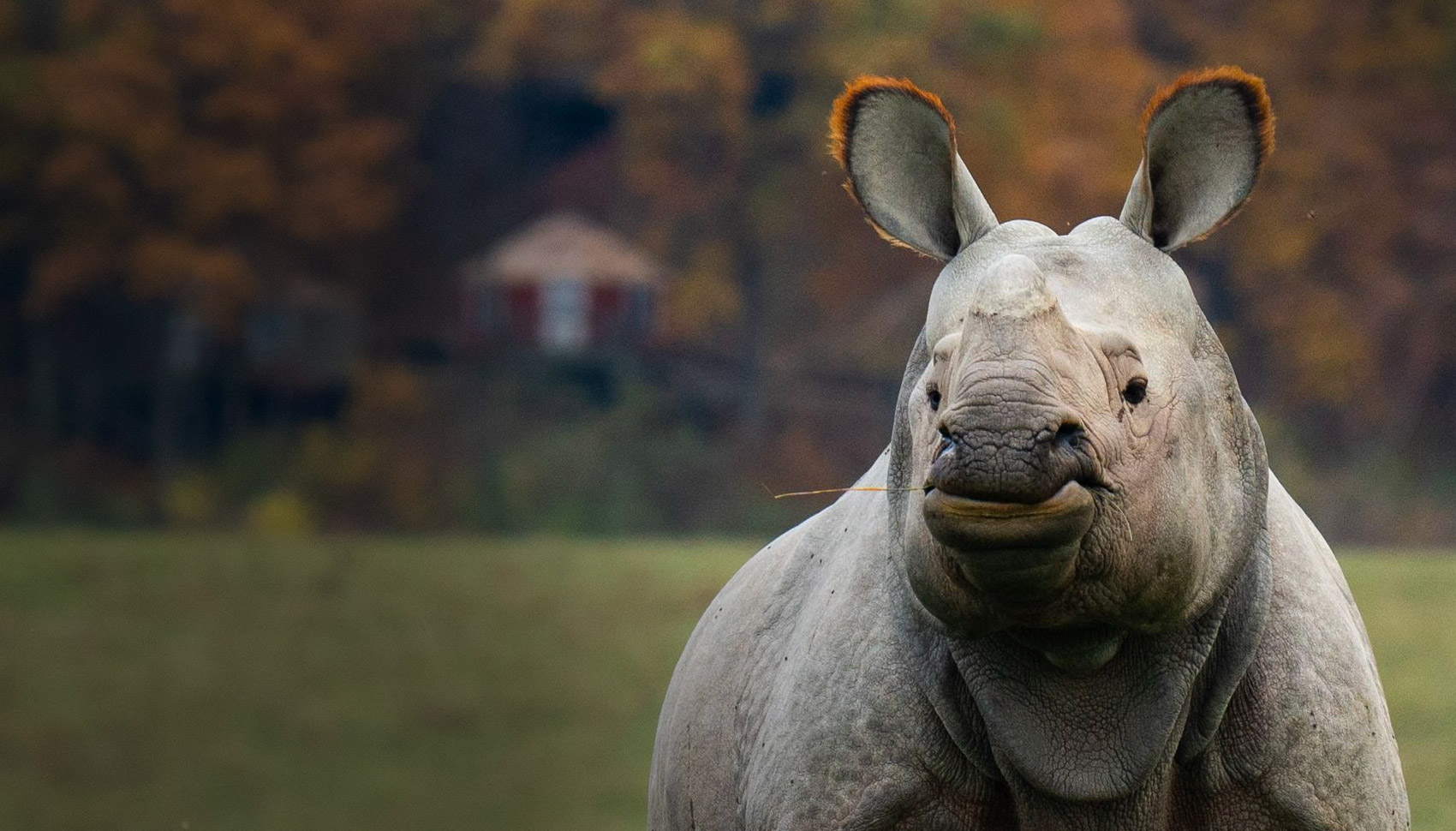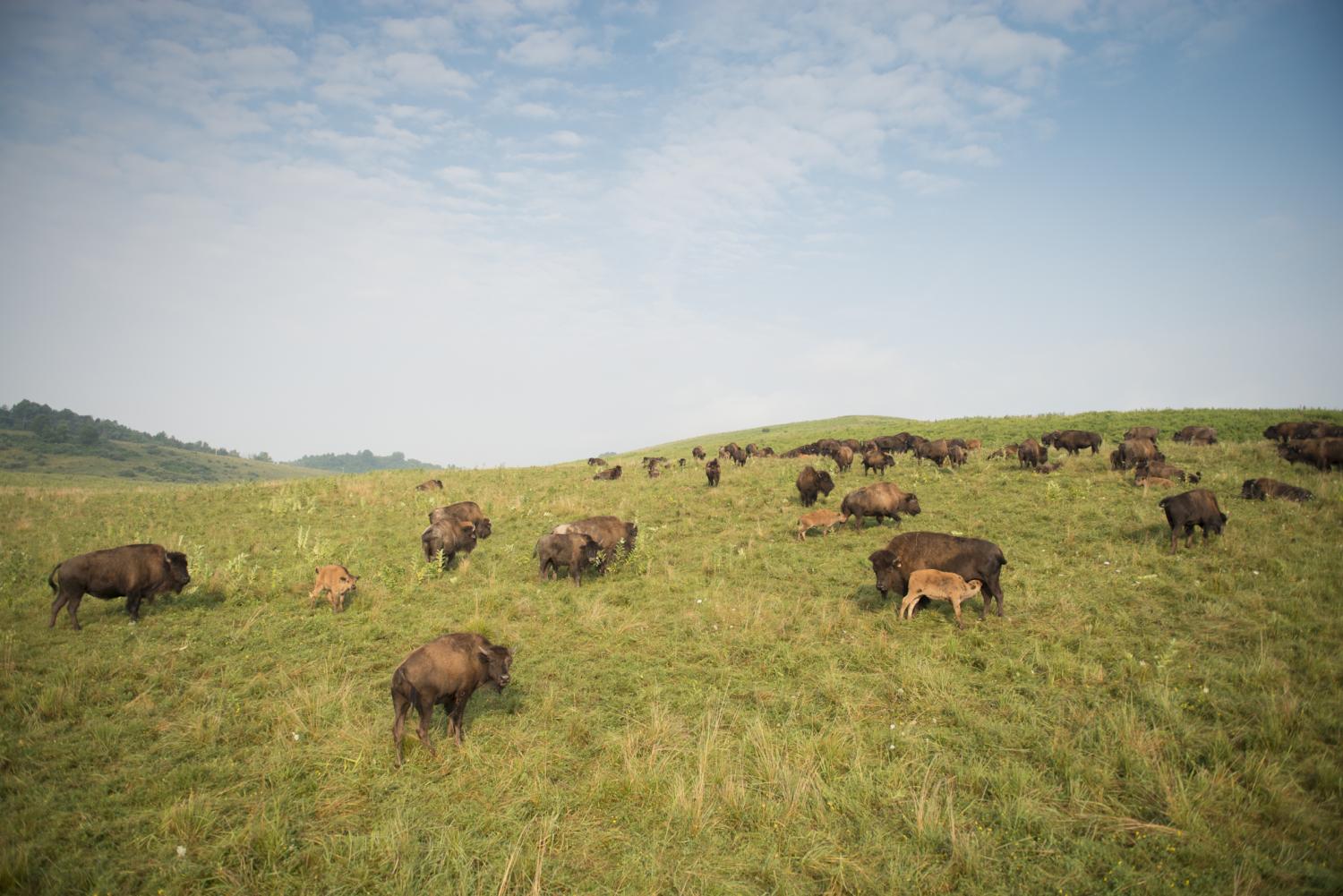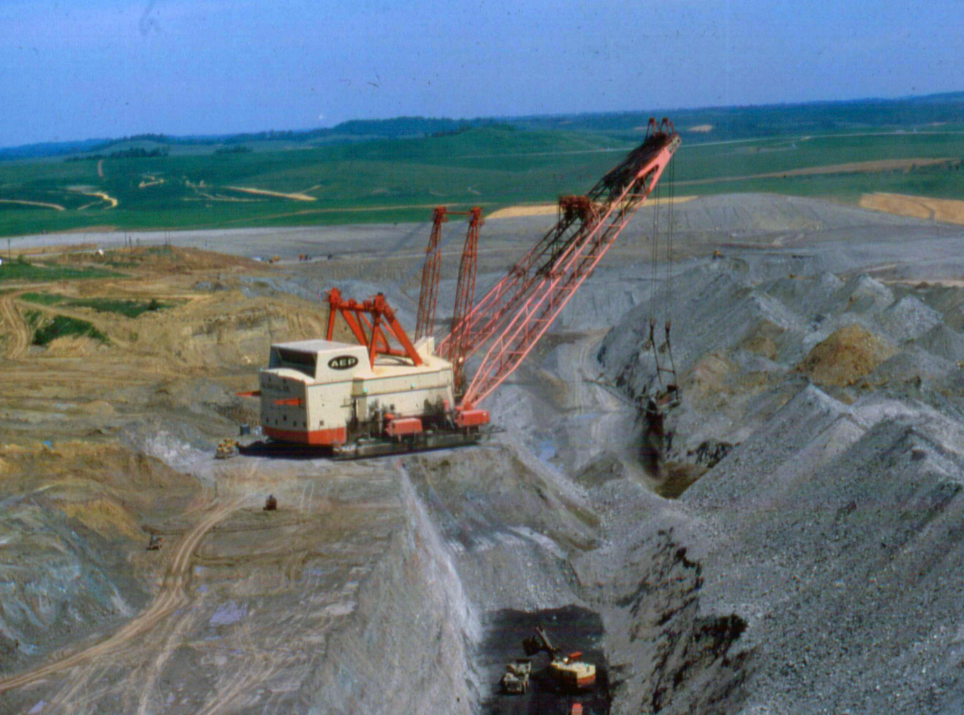


The Wilds has a long and fascinating history.
- Indigenous people once called this land home and built burial mounds to honor their loved ones.
- Early settlers farmed the land, with many descendants of those families remaining in the area today.
- In the late 20th century, the area was mined for coal.
Each phase tells the story of the land and the people who call this community home. Continue below to see the remarkable timeline of The Wilds!
A History of Surface Mining Before Wildlife Conservation
The Wilds opened to the public in 1994 and sits on nearly 10,000 acres of reclaimed, surface-mined land in the beautiful Muskingum County. Thanks to the vision of community leaders in the 1970s, this once coal-mined land in southeast Ohio has been transformed into one of the world's largest and innovative conservation centers, with a mission to advance conservation through science, education, and personal experience.
10,000 Acres is an interactive documentary that tells the story of The Wilds' transformation into what it is today.

The Wilds' Historical Timeline
| 1940s - 1980s | The land that The Wilds currently sits on is mined for coal. |
| 1971 | Federal Reclamation Act required contouring, topsoil, and erosion-control planting. |
| Mid-1970s | The Ohio Zoological Commission forms to develop a plan for how Ohio could support these cultural and tourist organizations. |
| Late 1970s | Initial concept of The Wilds forms as a public-private partnership involving the Ohio Departments of Natural Resources and Developments, zoos in Ohio, and the private sector. |
| 1984 | Formally incorporated as a 501(c)(3) non-profit under the name "The International Center for Preservation of Wild Animals, Inc (ICPWA), dba The Wilds. ICPWA received a gift of approximately 9,154 acres of land from the Central Ohio Coal Company, a subsidiary of American Electric Power. |
| 1989 | Johnson Visitor Center is completed and features geothermal heat. |
| 1991 | The locally-famous Big Muskie makes its last cut to the east of The Wilds. |
| 1992 | Przewalski's wild horses become the first species to be released into The Wilds' pastures. |
| 1994 | The Wilds opens for public tours. |
| 1996 | Association of Zoos and Aquariums (AZA) accreditation awarded to The Wilds. |
| 1997 | Day and overnight education camps at The Wilds debut. |
| 1998 | Overlook Cafe and the gift shop opens. |
| 2000 | The Robert W. Teater Conservation Education Camp opens. |
| 2001 | The Wilds begins a partnership with the Columbus Zoo and Aquarium. |
| 2002 | The Lodge is completed and opens for reservations. |
| 2004 | Lake Trail is completed. |
| 2005 | The American Burying Beetle Facility is constructed. |
| 2007 | Mid-size Carnivore Conservation Center opens. |
| 2009 | Nomad Ridge, which includes several luxurious yurts, opens for reservations. A southern white rhino calf also becomes the first recorded fourth-generation white rhino to be born in human care. |
| 2010 | The Conservation Science Training Center opens. Persian onagers are also born at The Wilds and were the first wilds equids ever produced through artificial insemination. |
| 2011 | Zipline tours, horseback tours, and fishing tours are added to The Wilds. |
| 2013 | The Hellbender Conservation Center opens. |
| 2014 | The Wilds welcomes the first birth of a fifth-generation white rhino outside of Africa. Sunset tours and Wildside Tours are also now available for guests. |
| 2015 | The construction of a larger rhino facility begins, and The Wilds also begins a veterinary residency partnership with The Ohio State University and the Columbus Zoo. |
| 2016 | The largest rhino herd barn in the world opens at The Wilds, and the first litter of African painted dog pups were born at The Wilds. |
| 2017 | Dr. Jan Ramer is hired as Vice President of The Wilds, and the organization received several awards from the state of Ohio and the AZA. Construction begins on the lakeside cabins, four white rhino calves are born, and a Banteng calf if born through AI. |
| 2018 | The first litter of dhole pups is born, and the cabins at Straker Lake open for reservations. The Wilds also hosts the first-ever Conservation Science Symposium at Muskingum University. |
| 2019 | A new attendance record is set, with over 121,800 guests visiting The Wilds. |
| 2020 | Three white rhino calves are born at The Wilds, as well as a Masai giraffe. |
| 2023 | A rhino, two giraffes, and two zebras are born at The Wilds. The largest population of human-reared eastern hellbenders are released into their native range. The organization is also accredited again by the Association of Zoos and Aquariums (AZA). |
